Inspiration
Landscape Plants That Create Stunning Bouquets
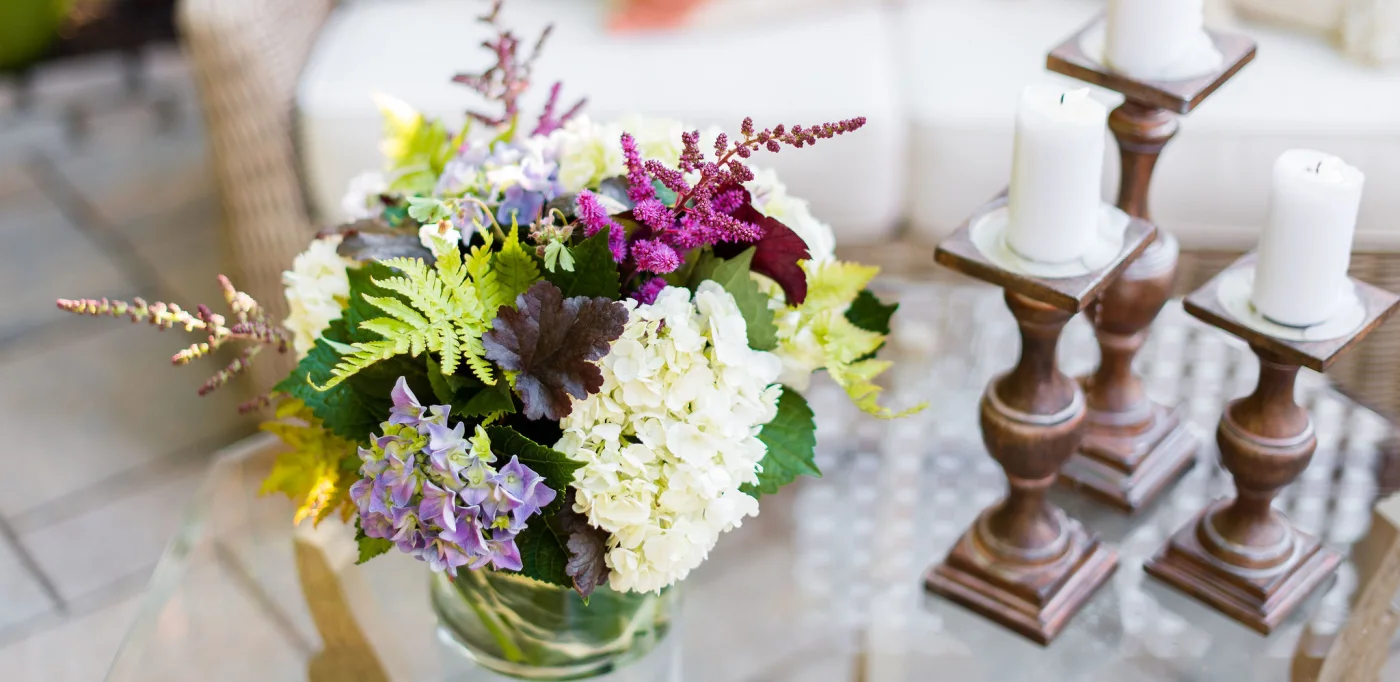
Story Highlights...
At Outdoor Dreams, we believe that one of the best ways to enjoy your landscape is to bring it indoors. Instead of only enjoying your landscape while outside, we encourage you to clip your favorite flowers and foliages for arrangements to be enjoyed throughout your home.
Science has discovered that simply having fresh-cut flowers in your home can increase feelings of wellbeing, reduce anxiety, and give you an increased sense of calm at home. Utilizing your landscape for flower arrangements allows you to enjoy these benefits without breaking the bank at the local florist...which, quite frankly, might have the exact opposite effects.
In this article, we suggest a wide variety of landscape plants that can be used to make wonderful and unique flower arrangements. We hope that this comprehensive list inspires you to start clipping the garden and bringing it inside!
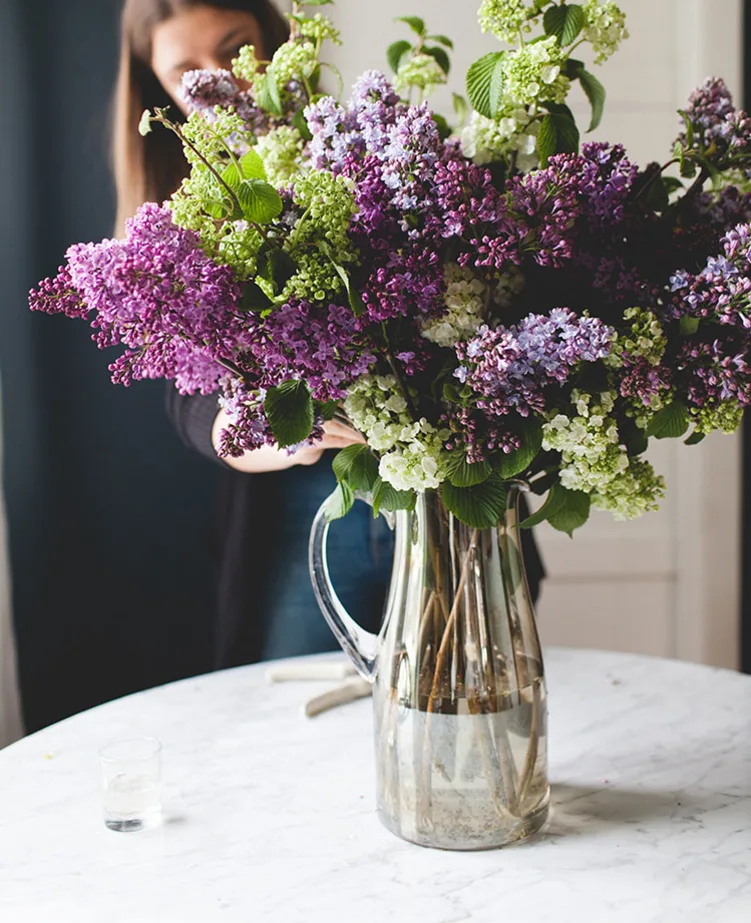
gETTING sTARTED
Flowering Shrubs
If you're looking to make a large arrangement or centerpiece, the best place to start is your shrubbery. Instead of smaller, single flower perennials and bulbs, shrubs provide larger blooms and masses of flowers. Additionally, shrubs allow you to clip longer stems that are needed to create larger, "show-stopper" arrangements.
As an added bonus, because most shrubs should be pruned soon after flowering, clipping stems for a bouquet gives you a headstart on your pruning maintenance.
Pictured: Lilacs and Viburnum
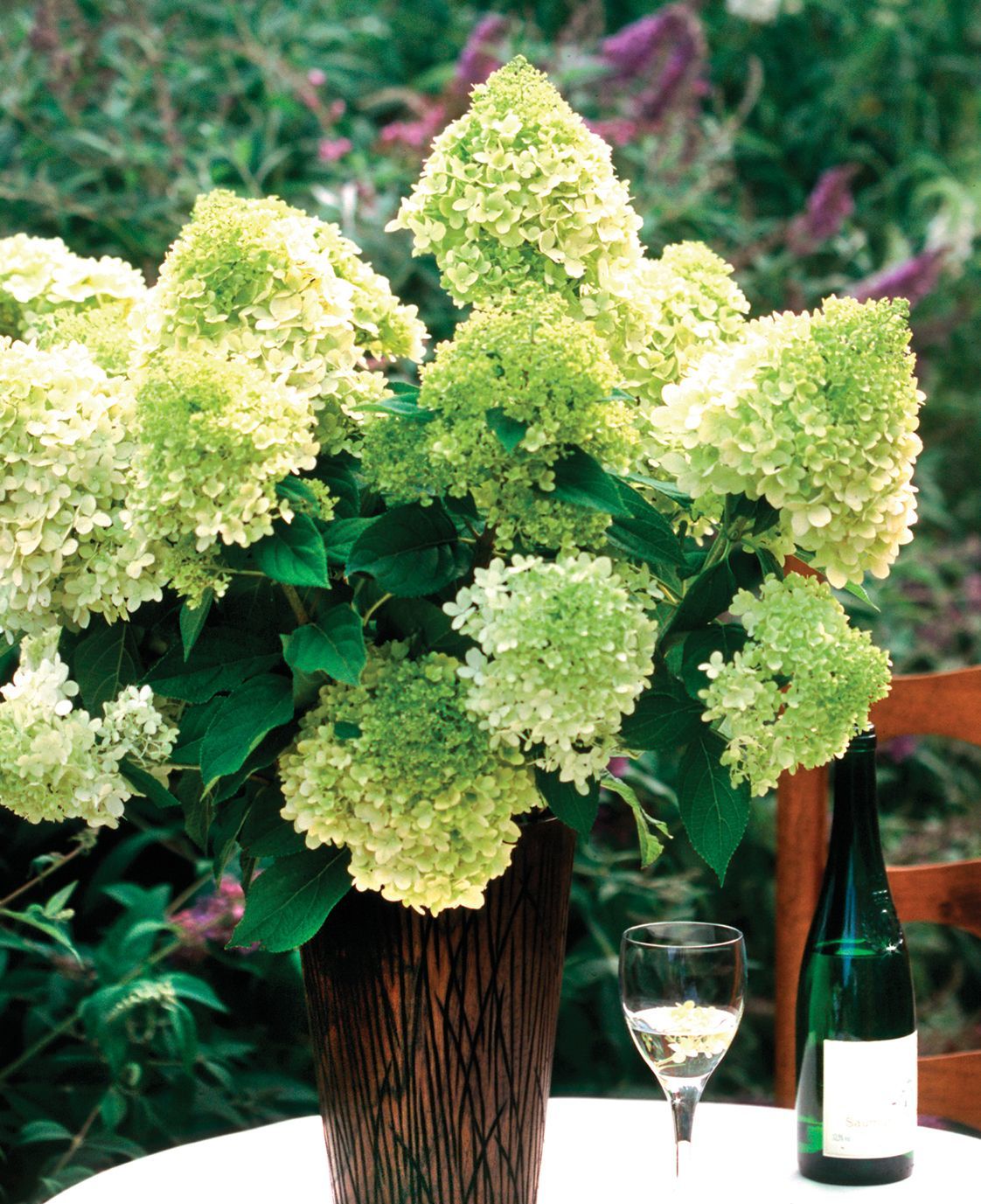
Proven Winner
'Limelight' Hydrangea
All hydrangeas make great cut flowers, but the 'Lightlight' variety makes for truly exceptional bouquets. To start, this shrub is a vigorous bloomer that allows you to clip a stunning bouquet and still have a beautiful shrub in the landscape. This shrub also has really long stems that are perfect for creating a big, showy bouquet. And finally, as with most hydrangeas, the flowers dry easily, allowing you to enjoy them for an extended period of time.
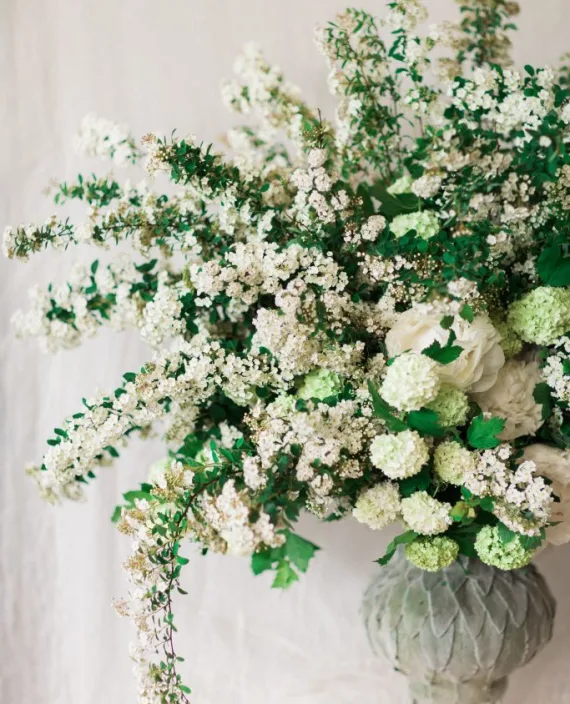
-
Roses (duh!)
-
Flowering Quince
-
Weigela
-
Camellia
-
Rose of Sharon
-
Abelia
-
Mock Orange
-
Spirea (Pictured)
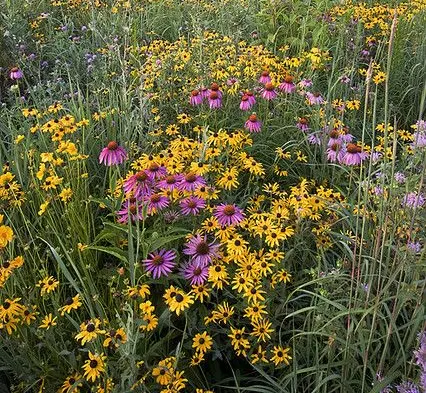
You can never go wrong with...
Native Wildflowers!
At Outdoor Dreams, we are advocates of using native plants in the landscape. One of the advantages of using native wildflowers is that many of them make wonderful cut flowers. There is just something about a bouquet of native wildflowers that feels very "Americana."
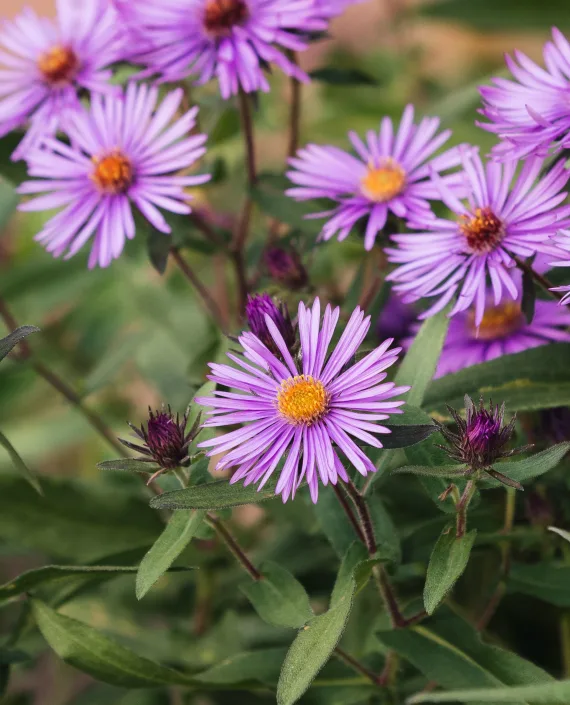
-
Asters (Pictured)
-
Queen Anne's Lace
-
Liatris (Gayfeather)
-
Helianthus
-
Bee Balm
-
False Indigo
-
Golden Rod
-
Yarrow
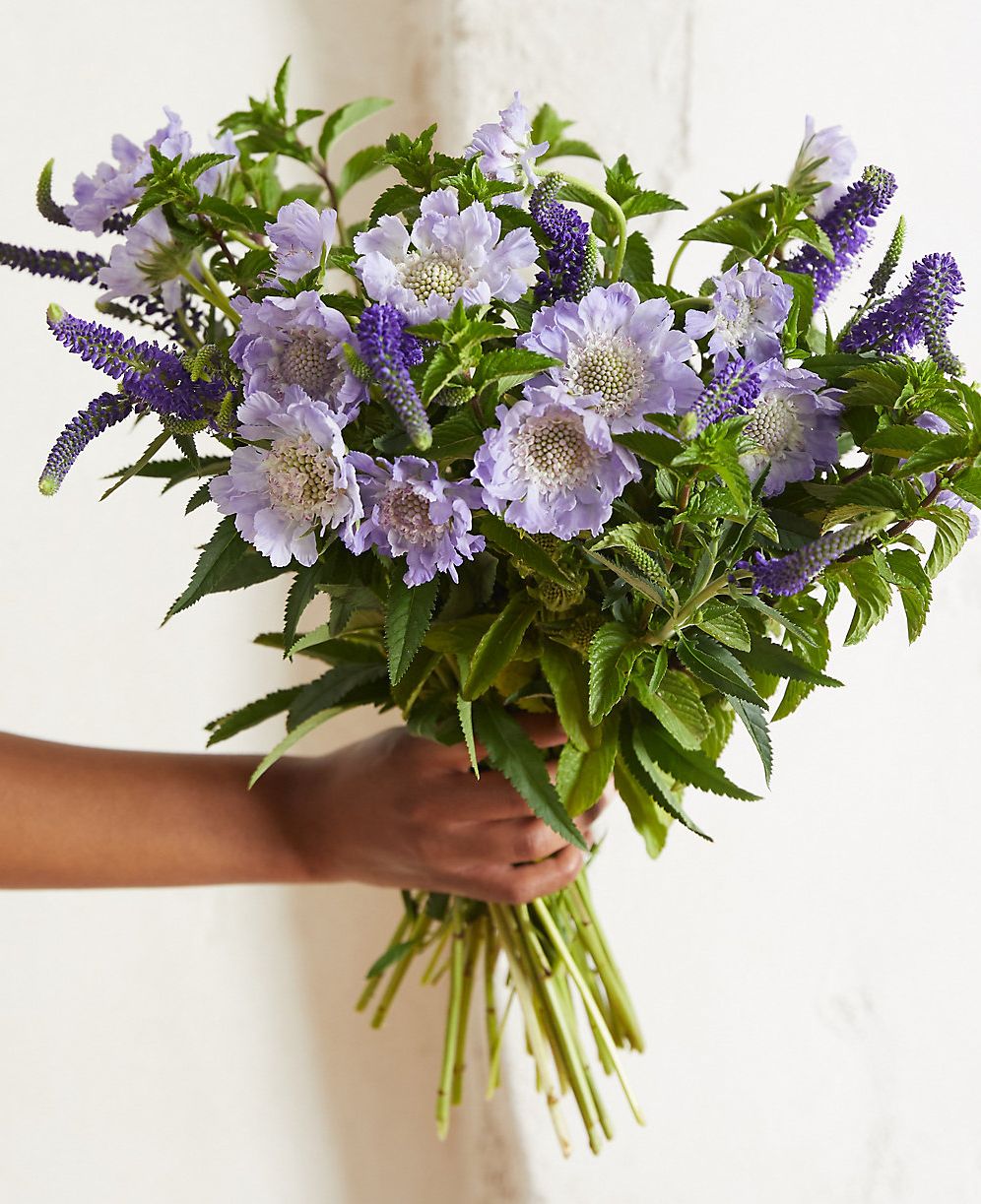
Additional
Flowering Perennials
Along with Native Wildflowers, there are numerous perennials found in landscapes that make wonderful cut flowers. Some, like Delphinium and Peonies, are longtime favorites in bouquets while others, like Lenten Roses and Astilbe, are newer to the scene, but quickly becoming trendy favorites.
Pictured: Pincushion Flower & Veronica
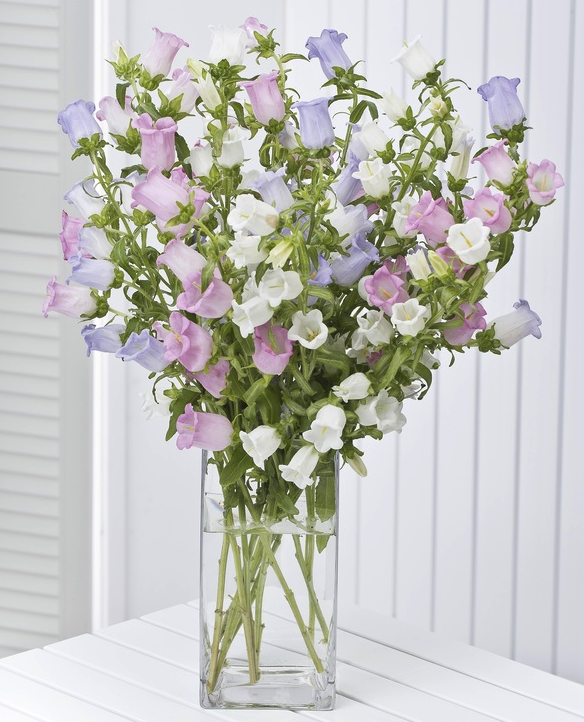
-
Iris
-
Rose Campion
-
Peony (Of Course!)
-
Shasta Daisy
-
Hollyhock
-
Veronica
-
Russian Sage
-
Lavender
-
Pincushion Flower
-
Salvia
-
Asiatic Lily
-
Dianthus
-
Bellflowers (Pictured)
-
Lupines
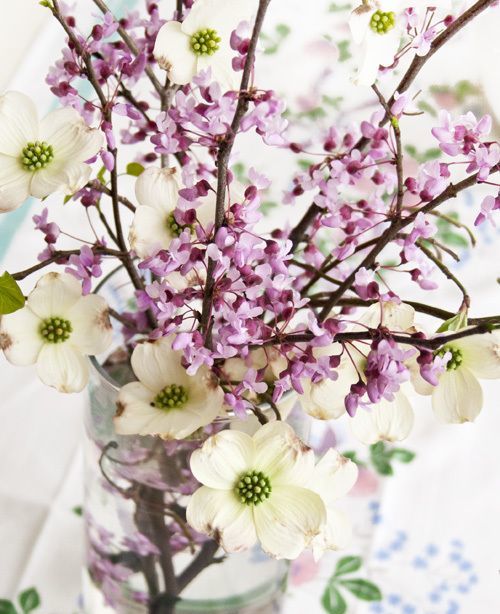
Looking upward
Flowering Trees
When planning cut flower arrangements, failure to consider tree branches is a missed opportunity. Flowering tree branches add height and depth to mixed arrangements. When used by themselves, vases of branch arrangements look like works of art. As with shrubbery, strategic clipping of branches can also help you get a jumpstart on your pruning maintenance.
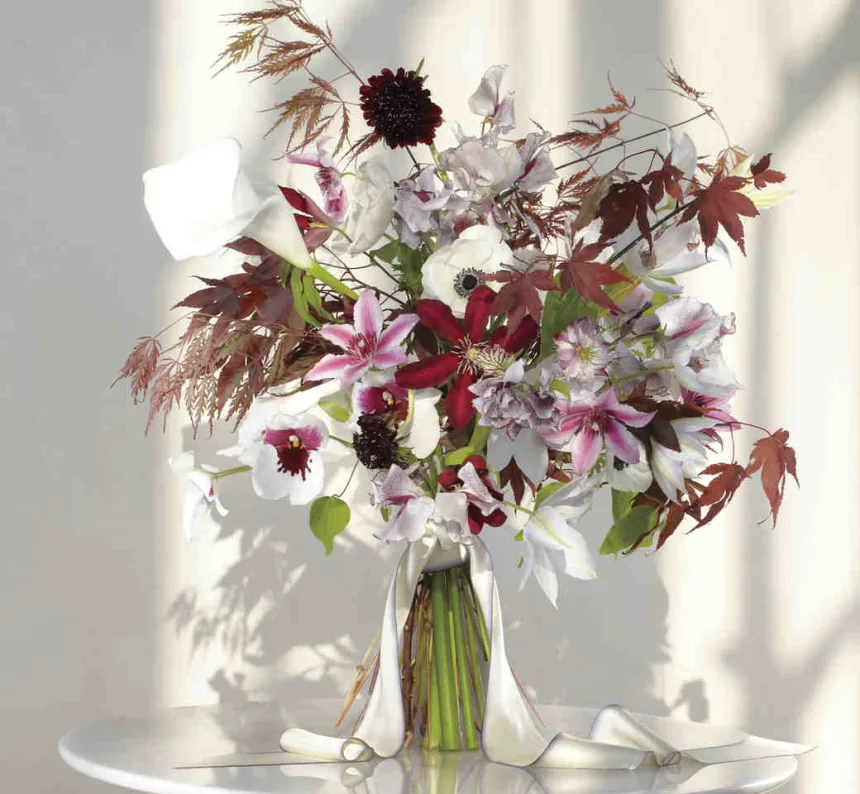
Don't forget about
Texture & Foliage
When making mixed bouquets, it is often the texture and foliage that make arrangements stand out. This is where your arrangements can become truly creative and unique. Because so many plants are not grown widely for commercial use, this is also where your arrangements can separate themselves from those found at many florists. As our long list of recommendations suggests, don't be afraid to try anything when adding texture & foliage!
Picture: Stems of Japanese Maple elevate this bouquet of Clematis and Anemone flowers
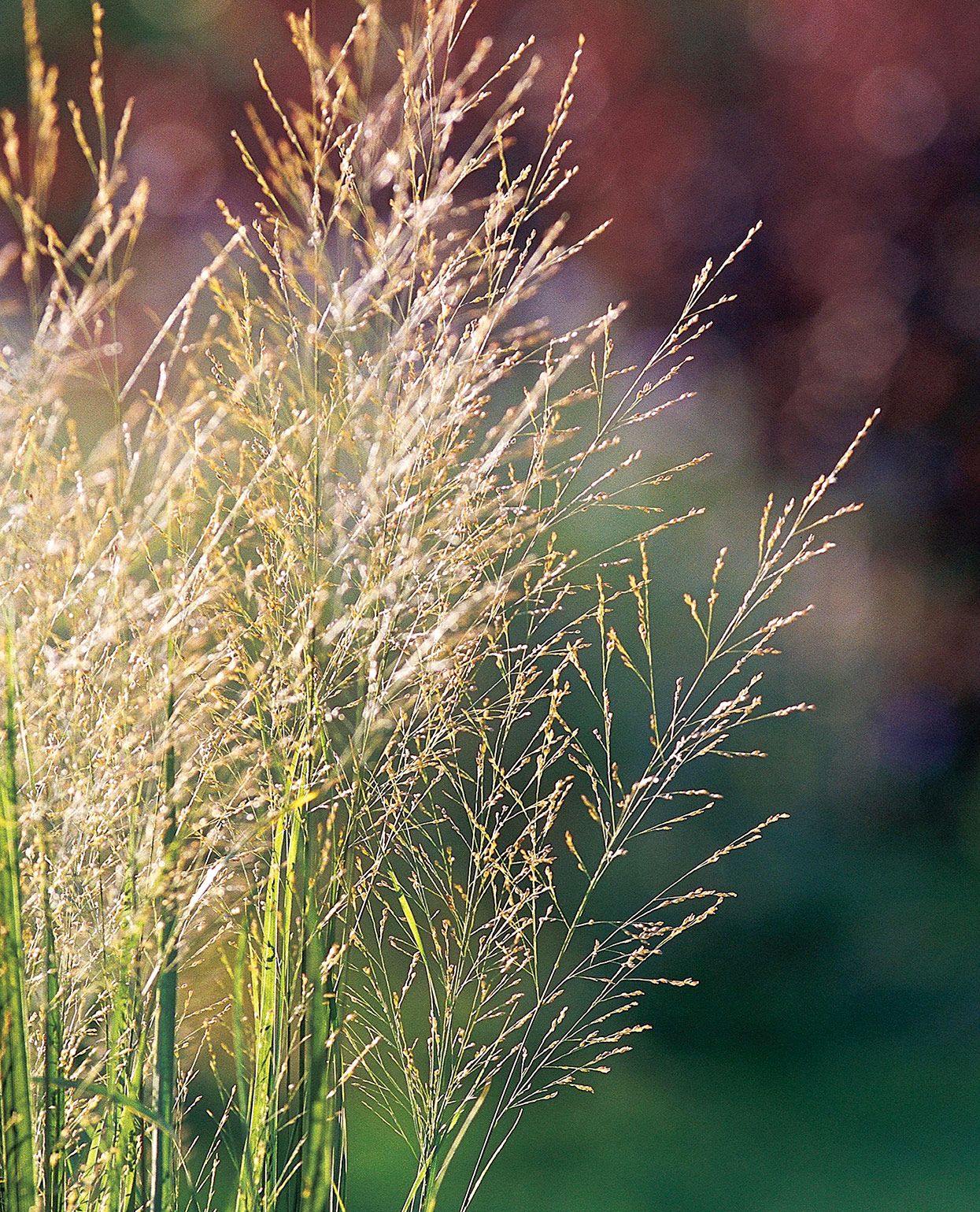
-
Ornamental Grasses (Pictured)
-
Ninebark
-
Cherry Laurel
-
Nandina
-
Aucuba
-
Pieris
-
Plum Yew
-
Ligustrum
-
Red Twig Dogwood
-
Evergreens (Juniper, Arborvitae, Pine, etc)
-
Sedum
-
Loropetalum
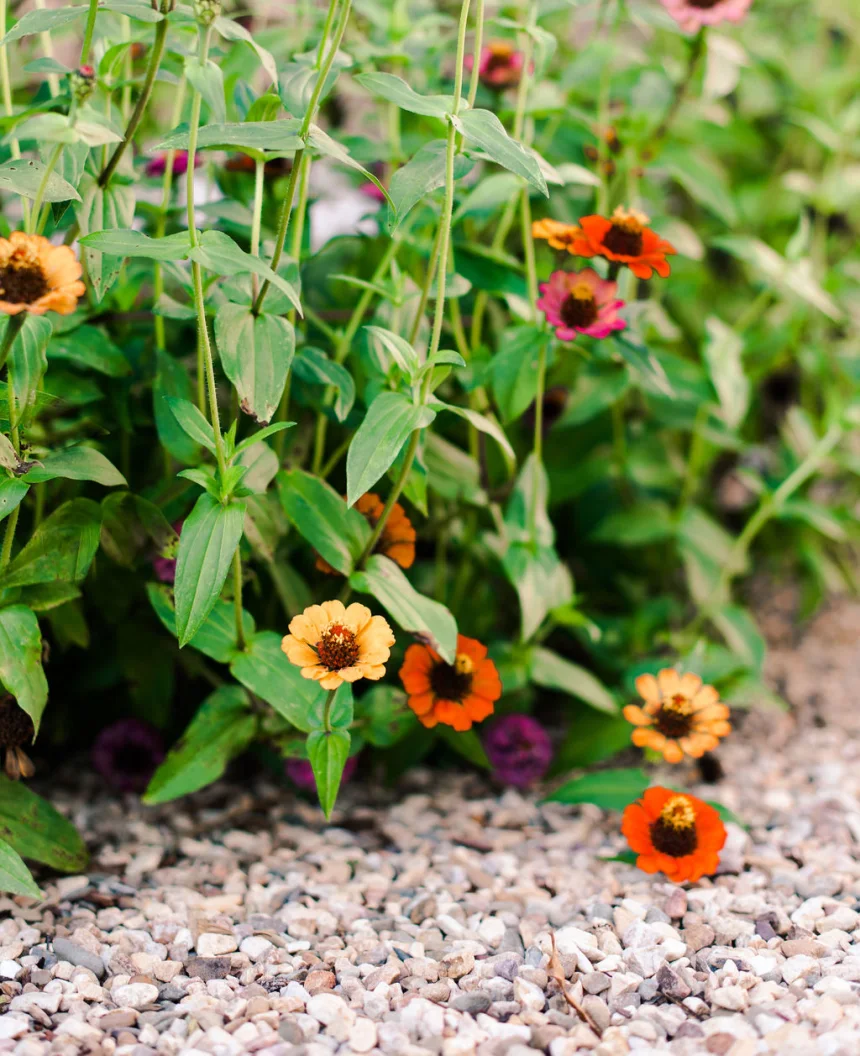
And finally...
Bulbs & Seasonal Plantings
To close things out, we provide a list of bulbs and seasonal plantings (annuals) that provide flowers and foliage great for making arrangements. Because annuals and bulbs are widely produced for commercial use, many on this list are obvious choices. Though obvious, we've included them as a reminder and to ensure that our list is comprehensive.
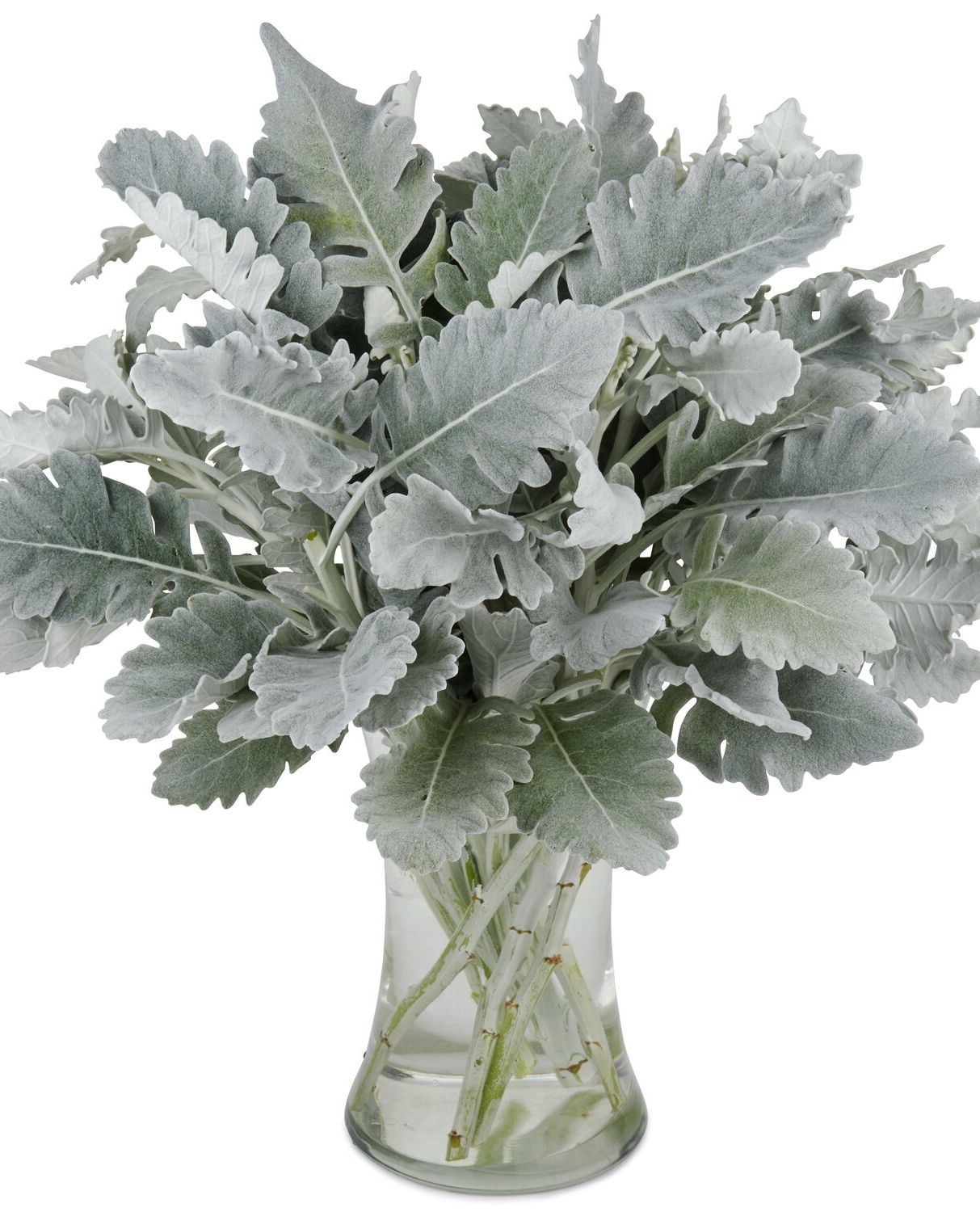
-
Dusty Miller (Pictured)
-
Coleus
-
Geraniums
-
Daffodils
-
Tulips
-
Allium
-
Hyacinth
-
Zinnias
-
Sunflowers
-
Marigolds
-
Gerbera Daisies
-
Cosmos
































